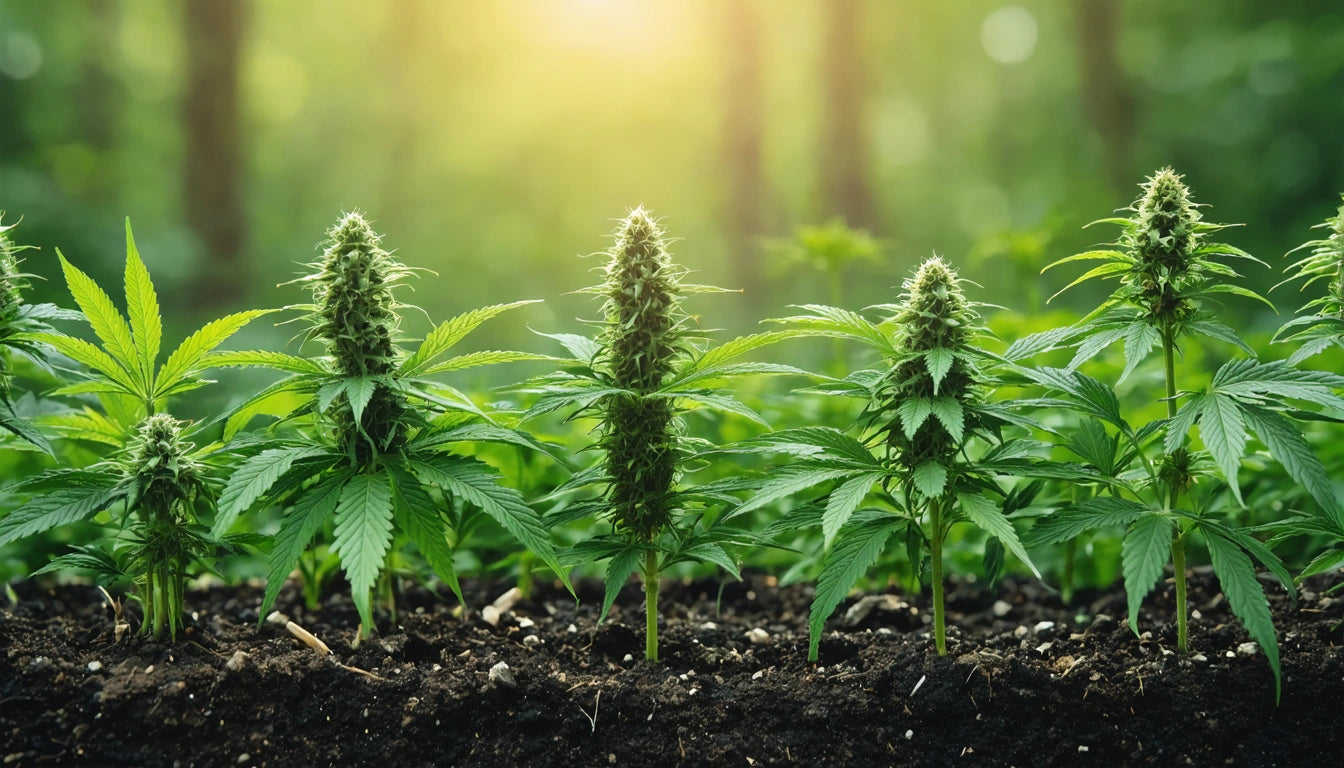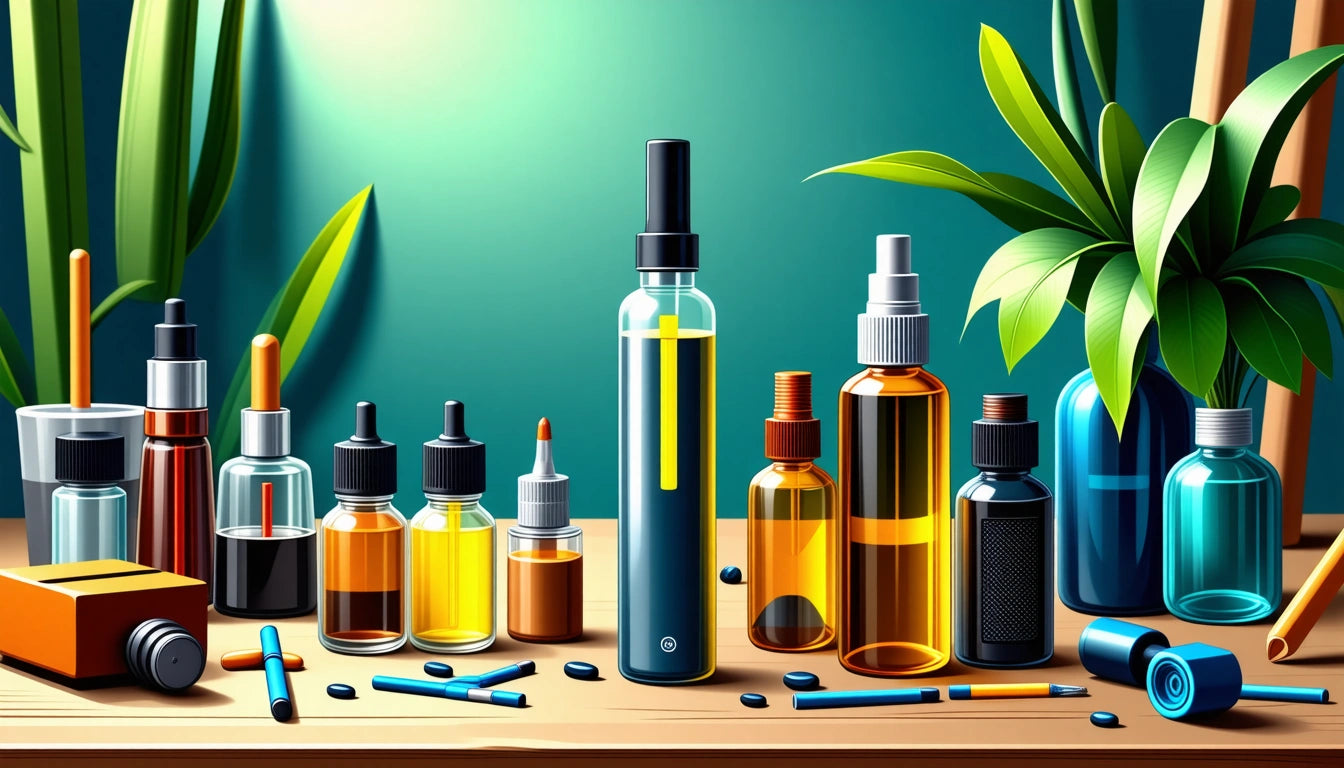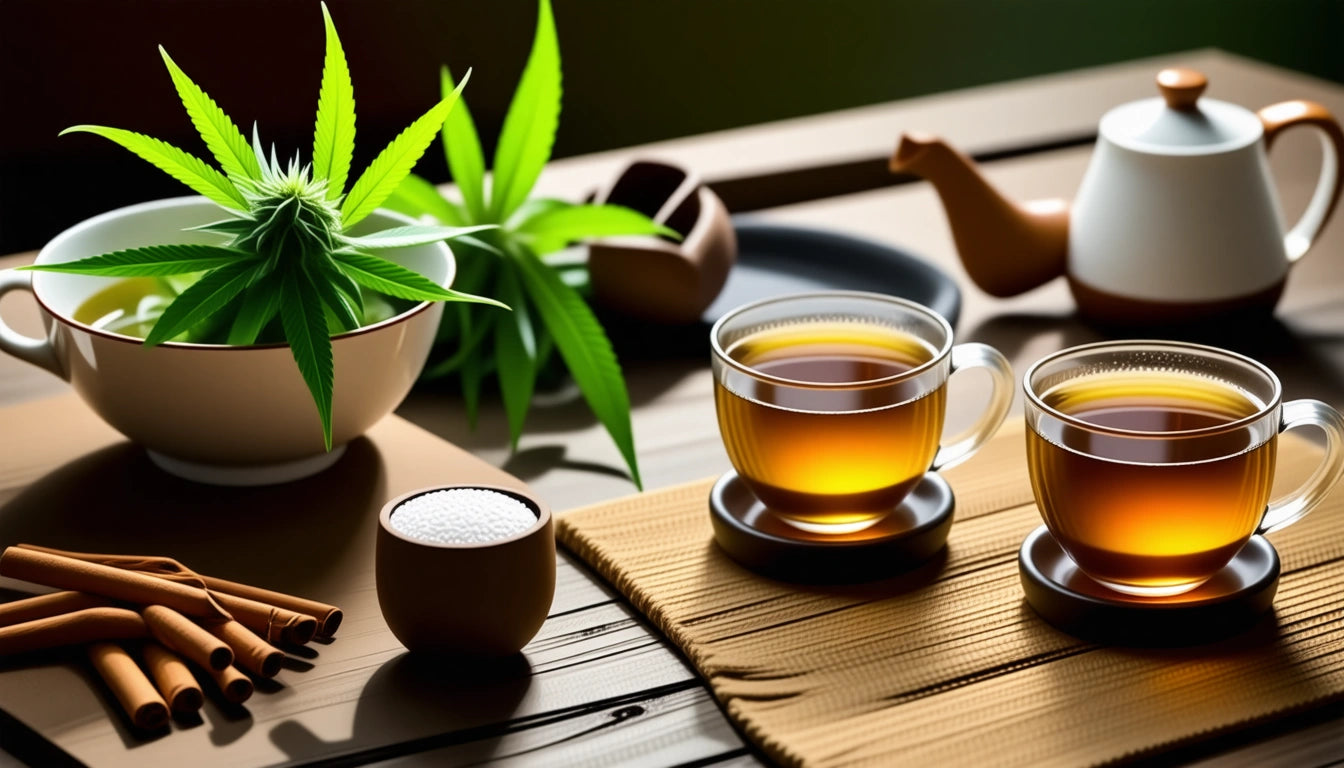Table of Contents
How to Differentiate Male and Female Cannabis Plants
Understanding how to tell male from female pot plants is crucial for successful cannabis cultivation. Whether you're growing for personal use or commercial production, gender identification directly impacts your harvest quality and quantity. This guide walks you through reliable methods to distinguish between male and female cannabis plants at various growth stages.
Importance of Gender Identification in Cannabis Cultivation
Cannabis is a dioecious plant species, meaning individual plants produce either male or female reproductive organs. Female plants are prized for their resin-rich flowers (buds) containing high concentrations of cannabinoids like THC and CBD. Male plants, while valuable for breeding programs, produce pollen that fertilizes females, resulting in seed production rather than potent, seedless buds (sinsemilla).
Early and accurate identification allows growers to separate males from females before pollination occurs, ensuring maximum potency and yield from female plants. Learning to distinguish between male and female marijuana plants is therefore an essential skill for any cannabis cultivator.
Visual Indicators to Differentiate Male and Female Plants
The most reliable way to tell a male plant from a female is by examining the pre-flowers that develop at the nodes (where branches meet the main stem). These tiny structures appear during the late vegetative stage, typically 4-6 weeks after germination.
Male Plant Characteristics:
- Small, round pollen sacs that resemble small balls
- Clusters that look like miniature bananas
- Generally taller, less bushy growth pattern
- Fewer leaves near the top
- Sturdier, thicker stems
Female Plant Characteristics:
- Teardrop-shaped calyxes with protruding white hairs (pistils)
- More compact, bushy growth
- Higher leaf density, especially near the top
- Typically more vibrant green coloration
Pre-Flowering Identification Techniques
Identifying plants during the pre-flowering stage requires close inspection but allows for early male removal before pollination becomes a risk. Understanding the differences between male and female plants at this stage can save your crop.
To examine pre-flowers:
- Use a magnifying glass or jeweler's loupe (10x-30x magnification)
- Focus on nodes where branches meet the main stem
- Look for tiny structures developing between the stipules (small pointed leaves)
- Female pre-flowers appear as round calyxes with a protruding hair
- Male pre-flowers look like small, round balls without hairs
For commercial operations, precision cultivation equipment can help streamline the inspection process when managing large numbers of plants, allowing for more efficient gender identification and separation.
Flowering Stage Confirmation Methods
During the flowering stage, gender differences become unmistakable. When learning how to tell the sex of pot plants at this stage, even novice growers can identify males with confidence.
Male Flowering Structures:
Male plants develop clusters of pollen sacs that hang like small balls. These eventually open to release pollen. Males typically show their gender 7-10 days before females when flowering is induced.
Female Flowering Structures:
Female plants develop pistils (white hairs) emerging from tear-shaped bracts. These structures eventually develop into the resin-covered buds prized by consumers. This complete guide on identifying male and female weed plants provides detailed visuals of flowering structures.
Identifying Hermaphrodite Plants
Sometimes cannabis plants develop both male and female reproductive organs, becoming hermaphrodites or "hermies." This typically occurs due to stress factors such as light leaks, temperature fluctuations, nutrient deficiencies, or physical damage.
Hermaphrodites can be identified by:
- The presence of both pistils and pollen sacs on the same plant
- "Bananas" or "nanners" (anthers) growing directly among female flowers
- Unusual growth patterns at flowering sites
Hermaphrodites should be removed immediately as they can self-pollinate and pollinate other females, compromising an entire crop. Learning how to identify male and female cannabis plants includes recognizing these hermaphroditic traits.
Cultivation Best Practices for Gender Management
Successful cannabis cultivation requires proactive gender management. Here are key strategies to implement:
- Regular Inspection: Check plants daily during the pre-flowering and early flowering stages
- Separate Growing Areas: If breeding is your goal, maintain completely separate growing areas for males and females
- Consider Feminized Seeds: Using feminized seeds eliminates most gender identification concerns
- Cloning: Taking cuttings from verified female plants ensures all future plants will be female
- Stress Reduction: Maintain optimal growing conditions to prevent hermaphroditism
Understanding the differences between male and female pot plants empowers growers to make informed decisions about their cultivation practices, whether removing males entirely or selectively breeding for specific traits.
By mastering the skill of gender identification in cannabis, cultivators can maximize their harvest potential and ensure consistent, high-quality production. Whether you're examining pre-flowers with a magnifying glass or confirming gender during the flowering stage, the ability to differentiate male and female cannabis plants remains one of the most valuable skills in successful cultivation.











Leave a comment
All comments are moderated before being published.
This site is protected by hCaptcha and the hCaptcha Privacy Policy and Terms of Service apply.